Home>diy>Building & Construction>How Many Construction Deaths Occur Each Year
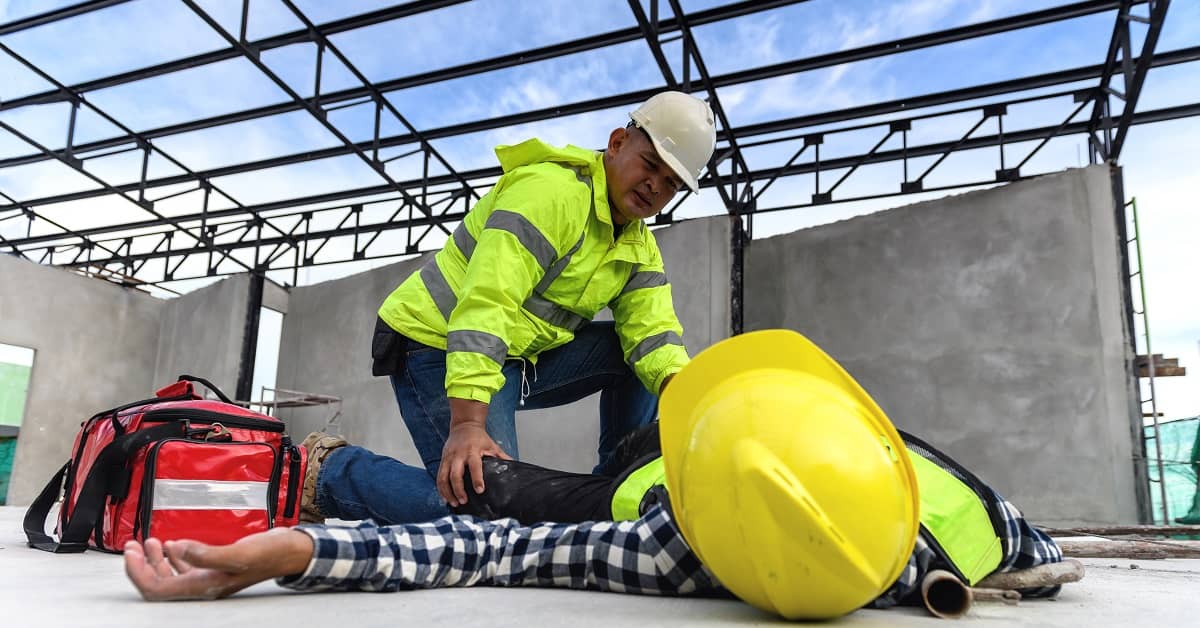

Building & Construction
How Many Construction Deaths Occur Each Year
Modified: December 7, 2023
Discover the shocking statistics surrounding construction deaths every year. Learn about the risks and precautions in building construction.
(Many of the links in this article redirect to a specific reviewed product. Your purchase of these products through affiliate links helps to generate commission for Storables.com, at no extra cost. Learn more)
Introduction
Construction is a vital industry that plays a significant role in shaping our cities and infrastructure. However, it is also one of the most hazardous sectors to work in. Each year, thousands of construction workers around the world lose their lives in on-site accidents. These tragic incidents not only result in the loss of lives but also have a profound impact on families, communities, and the industry as a whole.
Understanding the magnitude of construction fatalities is essential in order to address the underlying causes and implement adequate preventive measures. This article aims to shed light on the number of construction deaths that occur each year and delve into the factors that contribute to these incidents.
Note: It is crucial to acknowledge that every loss of life is a profound tragedy, and the focus of this article is not to trivialize or sensationalize construction deaths, but rather to bring awareness to the issue and promote a culture of safety within the industry.
Key Takeaways:
- Construction fatalities are a global concern, with over 1,000 deaths annually in the US alone. Falls, equipment accidents, and hazardous materials contribute to these tragic incidents, highlighting the urgent need for improved safety measures.
- Government regulations, safety training, and proactive hazard assessments are crucial in preventing construction fatalities. By fostering a culture of safety and accountability, the industry can work towards minimizing the human and economic impact of these tragic incidents.
Read more: How Many Trampoline Injuries Per Year
Understanding Construction Fatalities
Construction fatalities refer to the unfortunate incidents where workers or individuals lose their lives while working on construction sites or due to construction-related activities. These fatalities can occur in various stages of the construction process, from initial site preparation to the final completion of a project.
The construction industry is known for its high-risk nature, primarily due to the presence of heavy machinery, hazardous materials, unstable structures, working at heights, and other factors that increase the chances of accidents. Construction workers are exposed to various risks, such as falls, electrocution, being struck by objects, and getting caught in between equipment or structures.
Understanding construction fatalities requires a comprehensive analysis of the statistics and factors that contribute to these incidents. By examining these aspects, we can gain valuable insights into the areas that need improvement and develop effective strategies to prevent future tragedies.
It is essential to note that construction fatalities are not limited to workers alone. There are cases where innocent bystanders, such as pedestrians or nearby residents, have also been fatally injured during construction-related incidents. Therefore, it is crucial to ensure the safety of both workers and the public in and around construction sites.
Next, we will explore the construction death statistics to get a better understanding of the scale of the problem and its impact.
Construction Death Statistics
Construction fatalities are a significant concern in the industry, and understanding the statistics surrounding these incidents helps to highlight the severity of the issue. While the data may vary across different countries and regions, the global construction death statistics paint a grim picture.
According to the International Labour Organization (ILO), approximately 2.3 million workers die each year due to work-related accidents and diseases. Out of these fatalities, the construction industry accounts for a significant portion.
In the United States, construction-related fatalities remain alarmingly high. According to the Occupational Safety and Health Administration (OSHA), over 1,000 construction workers die annually in the country. This means that, on average, more than two construction workers lose their lives each day due to workplace accidents.
The situation is not much different in other parts of the world. In Europe, construction deaths account for around 20% of all fatal occupational accidents. In Australia, construction fatalities represent a significant portion of workplace deaths, with falls from heights being the leading cause.
It is worth mentioning that these statistics only represent the reported fatalities, and the actual number of construction deaths may be even higher due to underreporting or misclassification of cases. Additionally, these numbers do not capture the long-term health impacts and disabilities resulting from construction accidents, which further emphasize the need for continuous vigilance in ensuring safety on construction sites.
Note: It is important to keep in mind that behind each statistic is a human life lost, leaving behind grieving families and affected communities. Understanding these statistics highlights the urgency to implement preventive measures and improve safety practices in the construction industry.
Causes of Construction Fatalities
Construction fatalities can occur due to a variety of reasons, often stemming from a combination of factors. Identifying the main causes of these tragic incidents is crucial in order to implement targeted preventive measures and improve safety practices in the industry.
1. Falls: Falls from heights are one of the leading causes of construction fatalities. Whether it’s from scaffolding, ladders, roofs, or other elevated surfaces, inadequate fall protection measures, improper use of safety equipment, or lack of training can contribute to these accidents.
2. Struck by Objects: Construction workers often work in close proximity to heavy machinery, equipment, and materials. Being struck by falling objects or vehicles can cause severe injuries or fatalities. Poor safety protocols, lack of communication, and inadequate personal protective equipment increase the risk of these incidents.
3. Electrocution: Construction sites are filled with electrical hazards, including exposed wiring, faulty electrical equipment, and inadvertent contact with power lines. Without proper safety precautions, workers are at risk of electrocution, leading to fatal injuries.
4. Caught in/Between: Construction workers face the danger of being caught in or between objects or machinery. This can occur when working in confined spaces, trenches, or during excavation activities. Collapses, cave-ins, and equipment malfunctions can trap workers, resulting in fatal accidents.
5. Equipment Accidents: Construction sites involve the use of heavy machinery and equipment, such as cranes, excavators, and forklifts. If not properly maintained, operated, or supervised, these machines can cause accidents resulting in fatalities.
6. Hazardous Materials: Construction projects often involve working with hazardous substances, including chemicals, asbestos, and lead. Improper handling or exposure to these materials can have long-term health effects and, in severe cases, lead to fatalities.
7. Lack of Training and Safety Culture: Inadequate safety training, lack of awareness, and a poor safety culture within the industry can contribute to construction fatalities. When workers are not equipped with the necessary knowledge and skills to identify and mitigate risks, the chance of accidents increases.
It is important to note that these causes are not exhaustive and can vary depending on the specific circumstances of each incident. However, by addressing these common causes, implementing robust safety protocols, and fostering a culture of safety, the construction industry can greatly reduce the number of fatalities and create a safer working environment for all.
Always prioritize safety on construction sites. Ensure all workers are properly trained, use appropriate safety equipment, and follow safety protocols to minimize the risk of accidents and deaths.
Government Regulations and Safety Measures
Recognizing the inherent risks in the construction industry, governments around the world have implemented regulations and safety measures to protect workers and reduce the occurrence of construction fatalities. These regulations aim to ensure that employers provide a safe and healthy working environment for their employees.
1. Occupational Safety and Health Administration (OSHA) in the United States: OSHA sets and enforces safety standards and regulations for the construction industry. These standards cover various aspects, including fall protection, electrical safety, hazard communication, and personal protective equipment (PPE) requirements. OSHA also conducts inspections, provides training programs, and imposes penalties for non-compliance with safety regulations.
2. Construction Design and Management (CDM) Regulations in the United Kingdom: The CDM regulations aim to improve health and safety coordination during the entire lifecycle of a construction project. They require key stakeholders, such as employers, designers, and contractors, to ensure that proper risk assessments, safety plans, and communication are in place to protect workers and the public.
3. Work Health and Safety (WHS) Regulations in Australia: The WHS regulations provide a framework for managing workplace health and safety across all industries, including construction. They require duty holders to identify and manage risks, implement safety plans, and have proper safety systems and procedures in place to minimize the likelihood of accidents and fatalities.
4. Building and Construction Authority (BCA) regulations in Singapore: The BCA regulates the construction industry in Singapore and provides guidelines and codes of practice to ensure safety in construction projects. These include requirements for structural safety, fire safety, and the proper handling of hazardous substances.
In addition to government regulations, various safety measures are implemented to prevent construction fatalities:
1. Safety Training: Workers undergo safety training programs to understand potential hazards and learn how to mitigate risks. Training covers topics such as handling machinery, proper use of personal protective equipment, and emergency response procedures.
2. Site Inspections: Regular inspections are conducted by both government agencies and construction companies to identify safety hazards and ensure compliance with regulations. Inspections help in identifying potential risks and taking corrective actions to prevent accidents.
3. Safety Equipment: Personal protective equipment such as hard hats, safety boots, high-visibility vests, and fall protection devices are provided to workers to minimize the risk of injuries. Safety equipment should be properly maintained and regularly checked to ensure their effectiveness.
4. Risk Assessments and Safety Plans: Before commencing any construction project, thorough risk assessments are conducted to identify potential hazards. Based on these assessments, detailed safety plans are developed and implemented to minimize or eliminate risks.
Government regulations and safety measures play a crucial role in reducing construction fatalities. However, it is equally important for employers, workers, and industry stakeholders to collaborate and prioritize safety as a core value in order to create a safe working environment in the construction industry.
The Impact of Construction Deaths
Construction deaths not only result in the loss of precious lives but also have far-reaching impacts on various levels. These incidents affect not only the workers and their families but also the industry as a whole and the wider community.
1. Human Cost: The loss of a construction worker’s life is a devastating tragedy. It deeply impacts their family, leaving behind grieving loved ones who must cope with the emotional and financial repercussions of the loss. Children lose parents, spouses lose partners, and parents lose their children, forever changing the lives of those left behind.
2. Psychological Impact: Construction fatalities can have a significant psychological impact on the witnesses and coworkers who experience or witness the incident. Witnessing a traumatic event or losing a colleague can result in post-traumatic stress disorder (PTSD), anxiety, depression, and other mental health issues.
3. Economic Impact: Construction fatalities can lead to significant economic consequences. When a worker is fatally injured, there is a loss of productivity and expertise. The costs associated with accident investigations, legal procedures, and potential compensation claims can also place a burden on the construction company involved.
4. Industry Reputation: Construction fatalities negatively impact the reputation of the industry. Construction companies that fail to prioritize safety may face public scrutiny, damage to their brand image, and decreased trust from clients and stakeholders. This can affect future business opportunities and relationships within the construction industry.
5. Legal Consequences: Construction deaths can result in legal repercussions for both employers and contractors. Employers may face lawsuits, fines, penalties, and potential legal liabilities if they are found to be negligent regarding safety measures and regulations. Contractors may face delays, project cancellations, and potential bans from future projects due to poor safety records.
6. Community Perception: Construction sites are often located in or near residential areas. Fatal incidents can create fear and concern among the local community and impact their perception of construction projects. Public sentiment towards ongoing and future construction projects may be influenced by the safety practices and track records of the companies involved.
The impact of construction deaths is immense and far-reaching. To mitigate these effects, it is imperative to prioritize safety, enforce strict regulations, and foster a culture of safety within the construction industry.
Preventive Measures and Safety Practices
Preventing construction fatalities requires a multi-faceted approach that involves a combination of preventive measures and safety practices. By implementing these strategies, construction companies and workers can significantly reduce the risk of accidents and create a safer work environment. Here are some key preventive measures and safety practices:
1. Comprehensive Safety Training: Ensure that all construction workers receive proper safety training before starting work. This should include training on hazard recognition, proper use of equipment, emergency procedures, and the importance of following safety protocols.
2. Effective Communication: Establish clear lines of communication on construction sites to enhance safety. This includes regular safety meetings, toolbox talks, and a system for reporting potential hazards or unsafe conditions.
3. Adequate Personal Protective Equipment (PPE): Provide workers with the appropriate PPE, such as hard hats, safety glasses, gloves, and high-visibility vests. Regularly inspect and maintain the PPE to ensure its effectiveness.
4. Fall Protection Systems: Implement comprehensive fall protection systems, including guardrails, safety nets, and personal fall arrest systems (PFAS), when working at elevated heights. Conduct regular inspections and train workers on the proper use of fall protection equipment.
5. Regular Equipment Maintenance: Establish a robust maintenance program for all machinery and equipment used on construction sites. Regular inspections and proactive maintenance help identify potential issues before they lead to accidents.
6. Safe Access and Egress: Provide safe and well-maintained access and egress points on construction sites. This includes stairways, walkways, and proper signage to ensure clear pathways for workers and prevent tripping hazards.
7. Hazard Identification and Risk Assessment: Conduct thorough hazard identification and risk assessments to identify potential hazards and develop appropriate control measures. Regularly review and update these assessments as construction projects progress.
8. Regular Site Inspections: Conduct regular inspections of construction sites to identify potential hazards and ensure compliance with safety regulations. This includes inspections by site supervisors, safety officers, and external auditors, if necessary.
9. Safety Leadership and Accountability: Foster a culture of safety within the construction company, starting from top-level management. Demonstrate leadership in prioritizing safety, hold individuals accountable for their actions, and reward safe behaviors and practices.
10. Continuous Training and Education: Promote ongoing education and training to keep workers updated on the latest safety practices and regulations. Encourage workers to participate in workshops, seminars, and certifications related to construction safety.
By implementing these preventive measures and safety practices, construction companies can create a safer working environment that protects the lives and well-being of their workers. It is important to continually assess and improve safety practices to stay ahead of potential risks and challenges in the ever-evolving construction industry.
Conclusion
Construction fatalities are an unfortunate reality in the construction industry, but they are not inevitable. By understanding the scale of the problem, the causes of these incidents, and the impact they have, we can take proactive steps to prevent future tragedies.
Construction death statistics reveal the alarming number of lives lost each year in this industry. From falls and equipment accidents to electrocution and hazardous materials, there are numerous factors that contribute to these fatalities. It is essential that we address these causes and implement robust safety measures to protect workers.
Governments play a critical role in regulating and enforcing safety standards in the construction industry. By imposing regulations, conducting inspections, and implementing penalties for non-compliance, they aim to create a safer working environment. However, it is also the responsibility of employers, contractors, and workers to prioritize safety and adhere to these regulations.
The impact of construction deaths extends beyond the loss of life. It affects the families, coworkers, industry reputation, and the community at large. By recognizing the human cost and the economic consequences, we can better understand the urgency to implement preventive measures and improve safety practices.
Preventive measures and safety practices are crucial in minimizing the risk of construction fatalities. Providing comprehensive safety training, ensuring effective communication, using proper personal protective equipment, implementing fall protection systems, regular equipment maintenance, and conducting hazard assessments are all key to creating a safer work environment.
In conclusion, construction fatalities are a serious concern that demands immediate attention. Through a combination of government regulations, safety practices, and a culture of safety within the industry, we can significantly reduce the number of construction deaths. Let us strive towards a future where every construction worker goes to work with the confidence that they will return home safely at the end of each day.
Frequently Asked Questions about How Many Construction Deaths Occur Each Year
Was this page helpful?
At Storables.com, we guarantee accurate and reliable information. Our content, validated by Expert Board Contributors, is crafted following stringent Editorial Policies. We're committed to providing you with well-researched, expert-backed insights for all your informational needs.
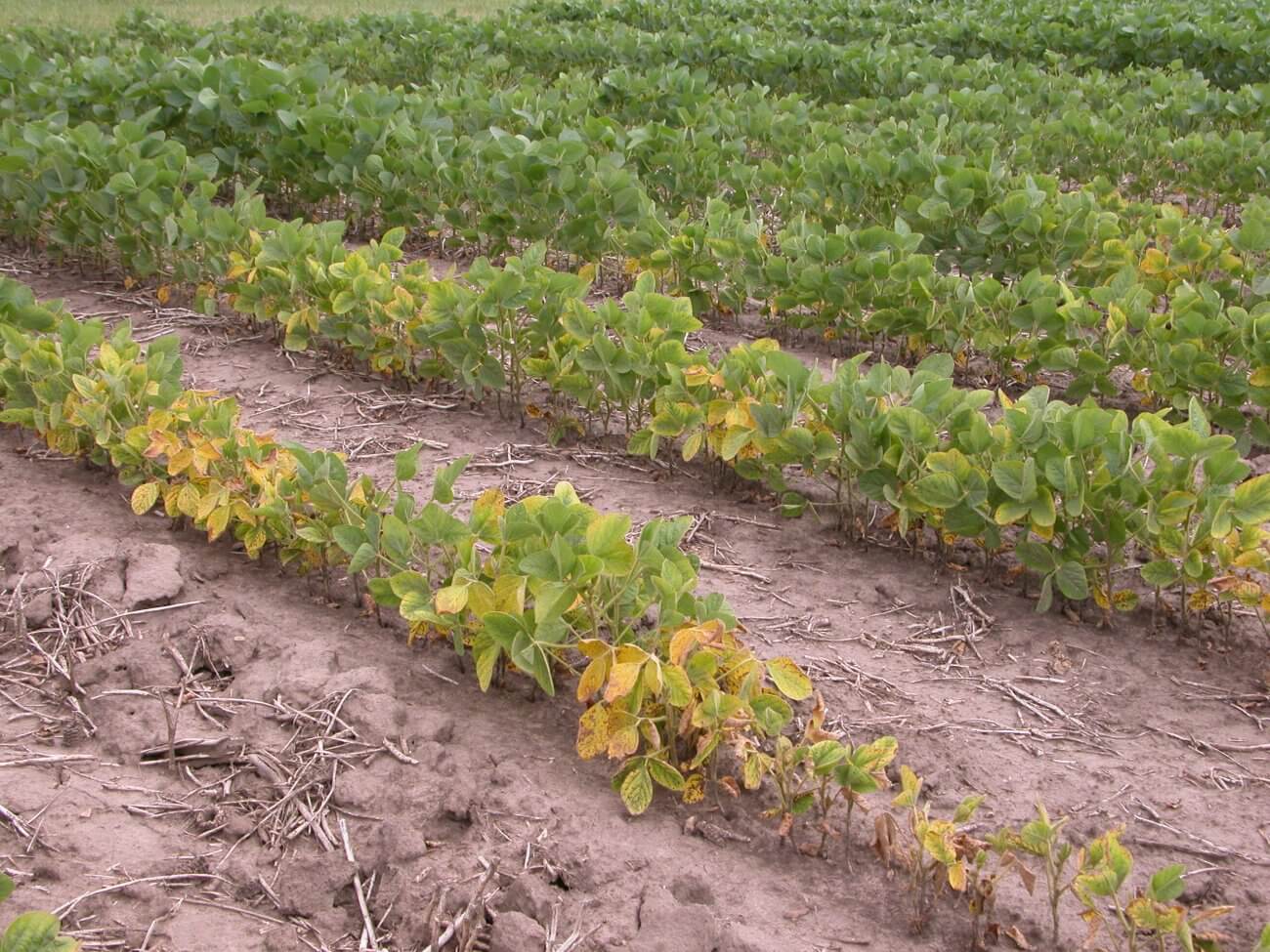




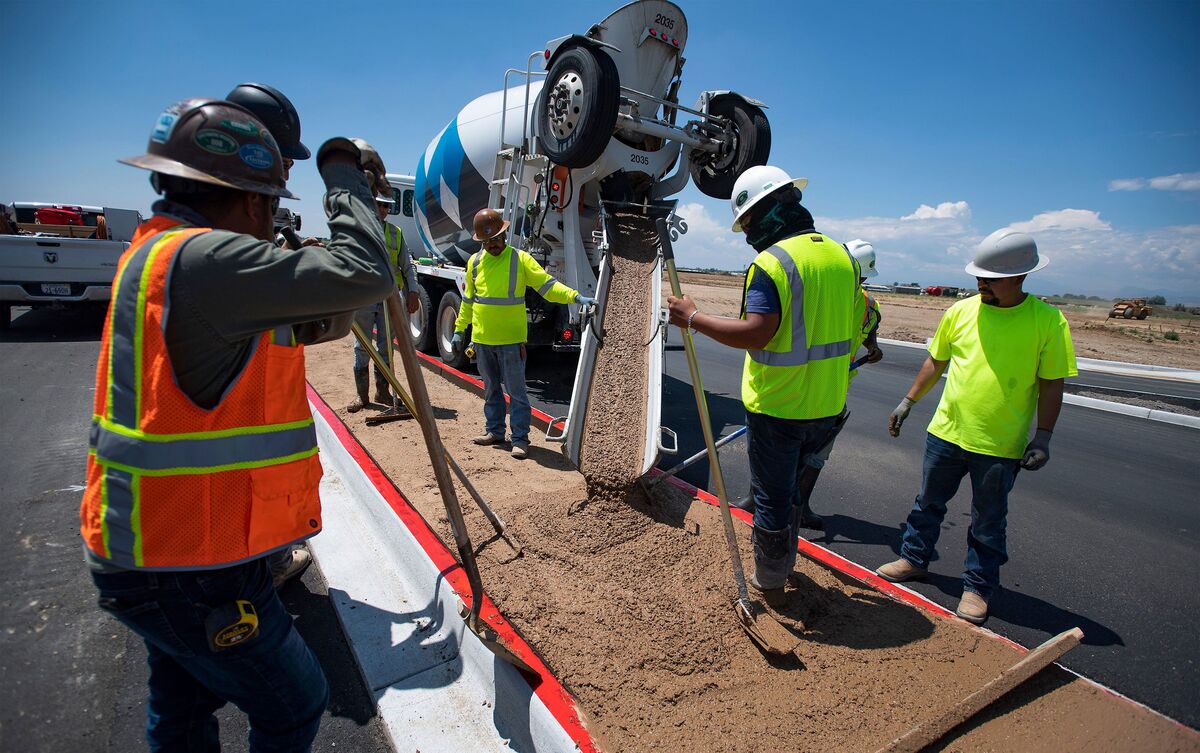
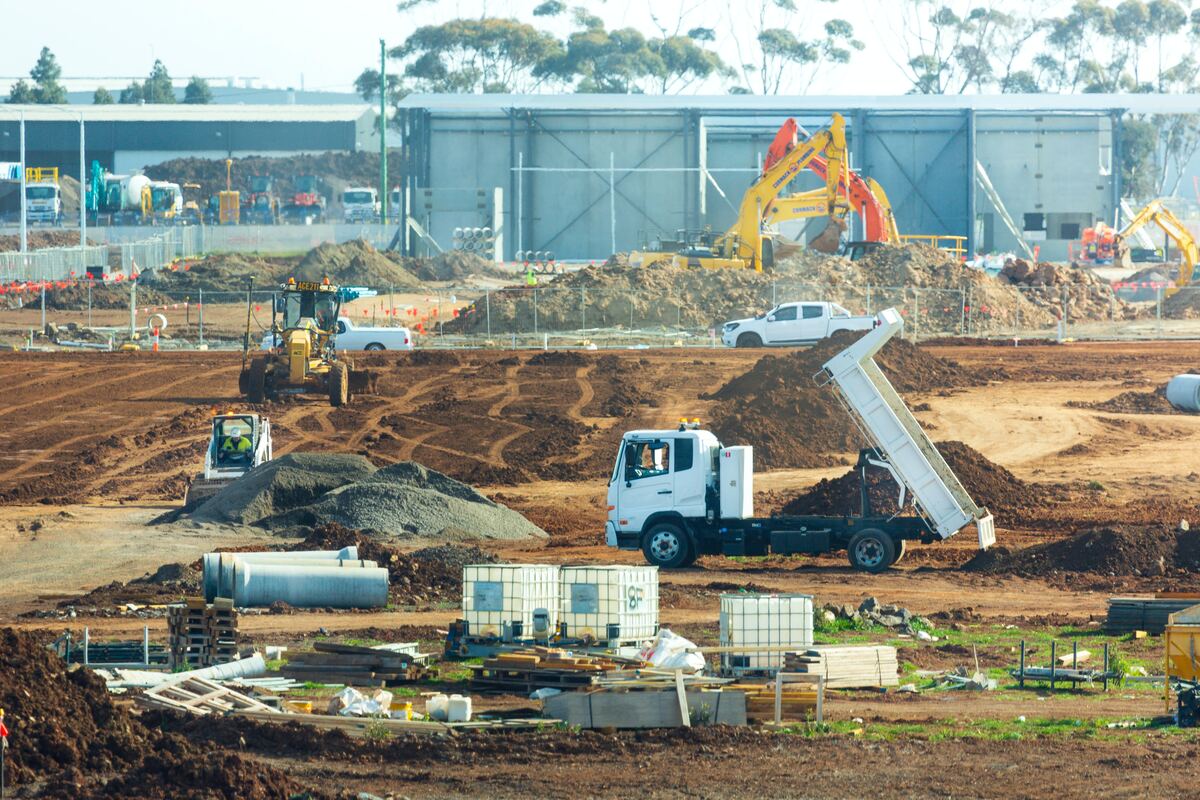



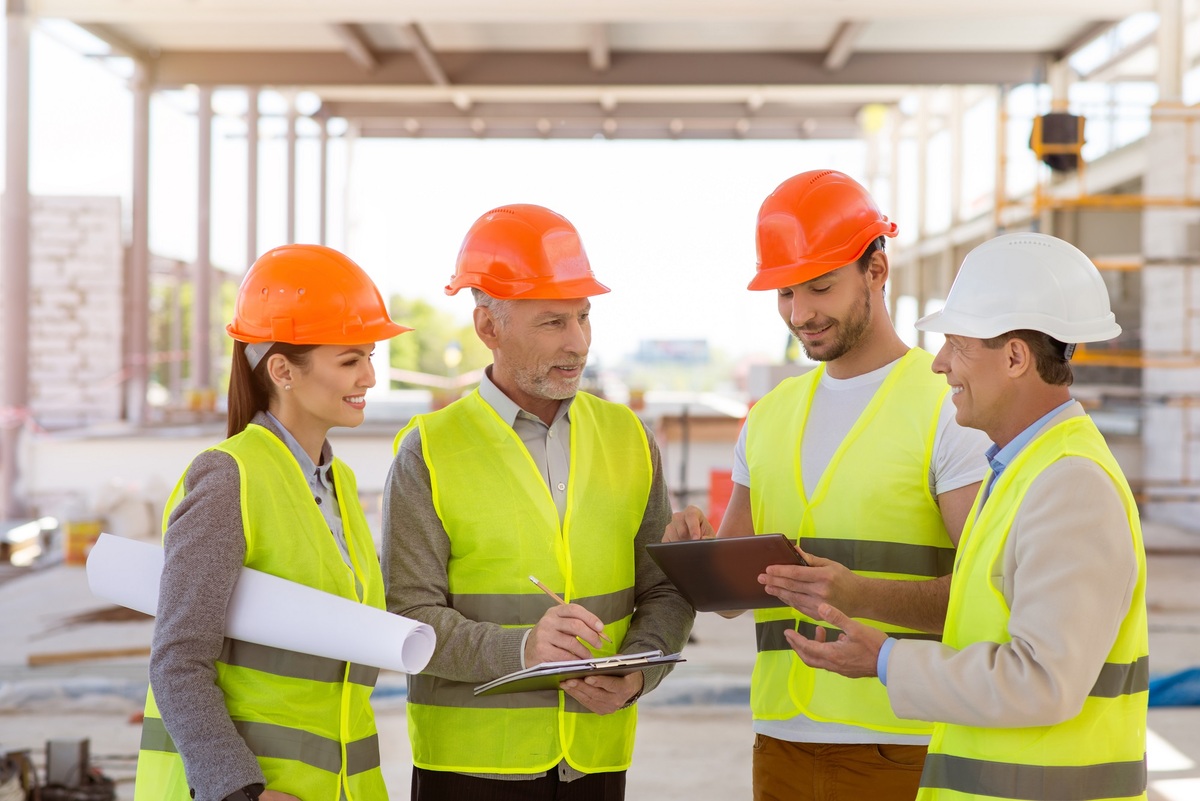




0 thoughts on “How Many Construction Deaths Occur Each Year”